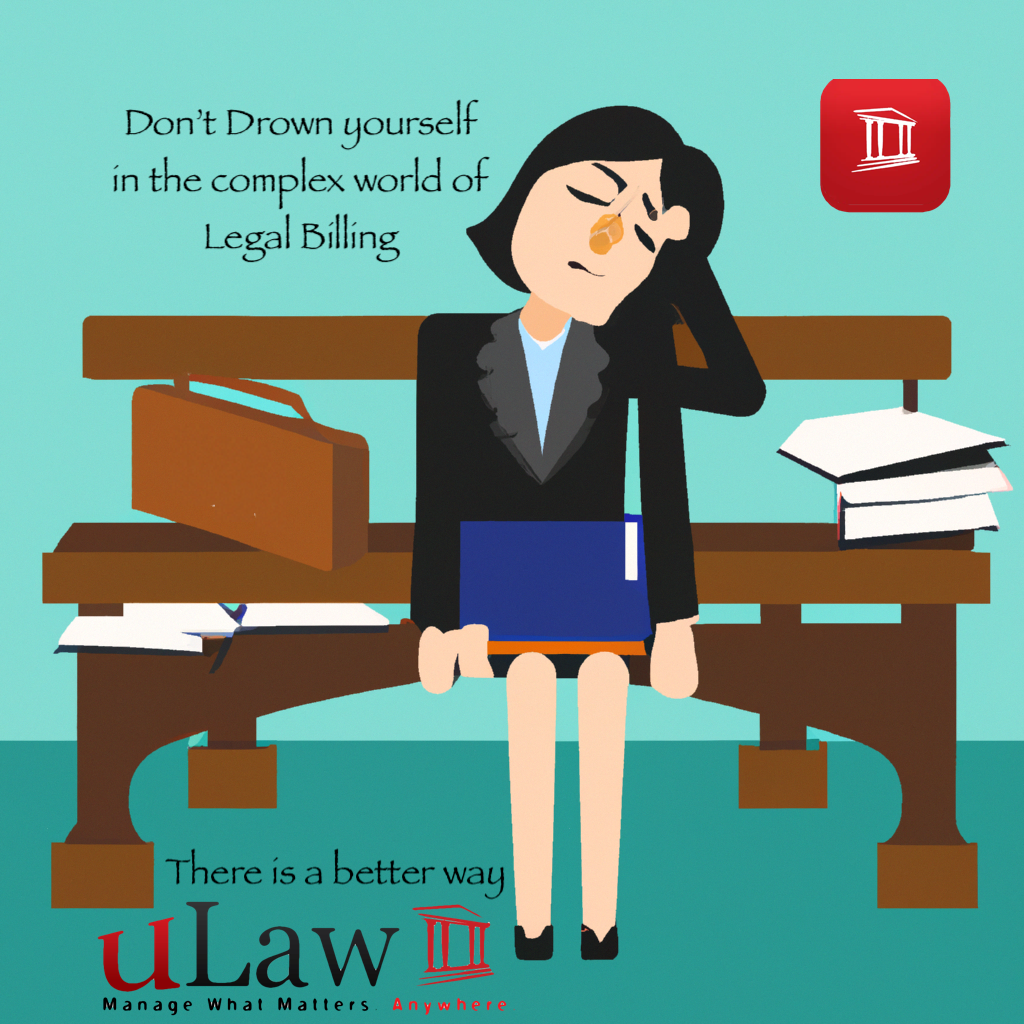Mastering the Art of the Lawyer Email: A Comprehensive Guide

In the legal profession, where precision, confidentiality, and clear communication are paramount, the humble email takes on a crucial role. Lawyer email is the cornerstone of modern legal practice, used to communicate with clients, opposing counsel, courts, and colleagues. A well-crafted lawyer email can efficiently convey complex legal arguments, schedule meetings, and build strong professional relationships. Conversely, an ill-conceived email can lead to misunderstandings, damage reputation, and jeopardize your case.
This comprehensive guide explores the nuances of lawyer email etiquette, best practices, and essential tips to ensure your digital communication is always professional, effective, and compliant.
1. Setting the Foundation: Best Practices for All Lawyer Emails
Before delving into specific scenarios, it’s important to establish universal best practices that apply to every lawyer email:
- Professional Email Address: Opt for a formal email address that reflects your identity as a legal professional. Avoid unprofessional nicknames or slang.
- Clear and Concise Subject Line: The subject line should accurately reflect the email’s content, allowing recipients to quickly grasp the purpose. Be specific and avoid generic phrases like "Update" or "Question."
- Formal Greeting and Closing: Use a professional greeting such as "Dear [Name]," and a courteous closing like "Sincerely," or "Best regards," followed by your full name and contact information.
- Proofread Meticulously: Errors in grammar, spelling, and punctuation can undermine your credibility. Always proofread your emails before sending them.
- Professional Tone: Maintain a professional and respectful tone throughout the email, even in challenging situations. Avoid using emotionally charged language or making personal attacks.
- Concise Content: Get to the point quickly and avoid unnecessary jargon or lengthy explanations. Use bullet points or numbered lists to organize information clearly.
2 Navigating Client Communication: Effective Lawyer Email Strategies
Client communication is a cornerstone of the attorney-client relationship. Lawyer emails to clients should prioritize clear explanation, transparency, and reassurance:
- Regular Updates: Keep clients informed about the progress of their cases through concise and timely email updates. Summarize key developments, next steps, and anticipated timelines.
- Explain Legal Concepts Clearly: Avoid using legalese or overly complex language. Break down complicated legal concepts into easily understandable terms.
- Set Expectations: Clearly outline your fees, billing practices, and communication protocols upfront.

3. Interacting with Opposing Counsel: Maintaining Professionalism

Lawyer emails to opposing counsel should be courteous, professional, and focused on advancing the case efficiently:
- Factual and Objective: Stick to the facts of the case and avoid emotional language or personal attacks.
- Respect Time Constraints: Be mindful of opposing counsel’s time by keeping emails concise and to the point.
- Proper Citation: When referencing legal documents or case law, ensure accurate citations and formatting to maintain professionalism.
- Open to Negotiation: While advocating for your client’s interests, demonstrate willingness to negotiate and compromise when appropriate.
- Confidentiality: Treat all information contained in emails as confidential and avoid discussing sensitive matters outside secure platforms.
4. Communicating with the Courts: Adhering to Rules and Procedures
Lawyer emails to the court require strict adherence to local rules and procedures:
-
Follow Formatting Guidelines: Refer to the court’s website or local rules for specific formatting requirements, including font size, spacing, and electronic signature.
-
Use Appropriate Terminology: Employ legal terminology correctly and avoid informal language.
-
File Documents Electronically: Unless otherwise instructed, submit all court filings electronically through the designated court portal.
5. Leveraging Technology: Tools to Enhance Lawyer Email Efficiency
Technology can significantly enhance the effectiveness of lawyer emails:
-
Email Templates: Create templates for common email types, such as client intake forms, billing inquiries, and discovery requests, to save time and ensure consistency.
-
Encryption Software: Protect confidential client information by utilizing encryption software to secure email communications.
-
Calendar Integration: Integrate your email calendar to schedule appointments, case deadlines, and client meetings efficiently.
6. Common Mistakes to Avoid in Lawyer Email
-
Overly Casual Language: Avoid using slang, emojis, or overly familiar language in professional emails.
-
Generic Subject Lines: Use specific and informative subject lines that capture the email’s essence.
-
Large File Attachments: When sending large documents, consider utilizing cloud storage services and sharing a link instead of attaching files directly.
-
Incomplete Information: Ensure all necessary information, such as case names, dates, and relevant legal citations, are included in the email.
7. Conclusion: Elevating Communication Through Mastery of Lawyer Email
In the fast-paced legal landscape, lawyer email is an indispensable tool for effective communication. By adhering to best practices, embracing technology, and avoiding common pitfalls, you can elevate your email communication and build a strong foundation for success in your legal practice.
